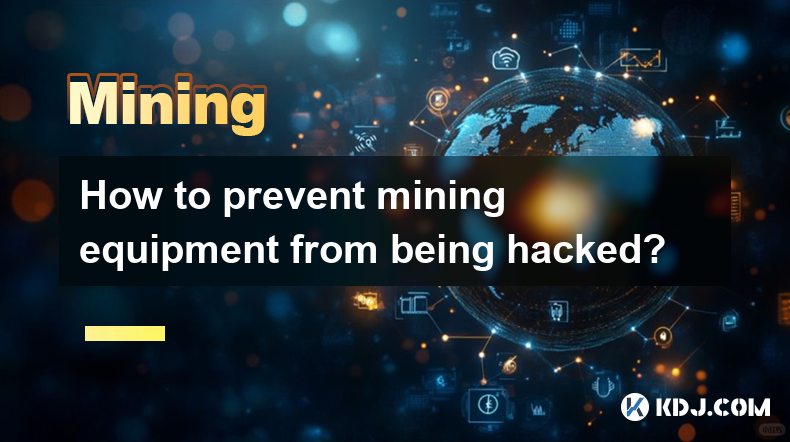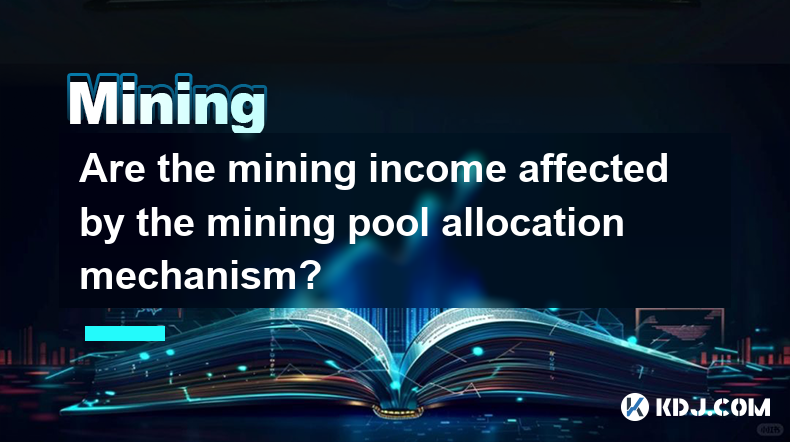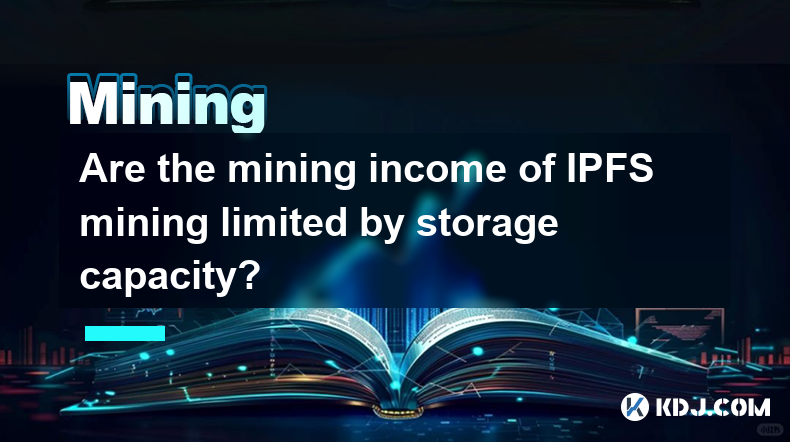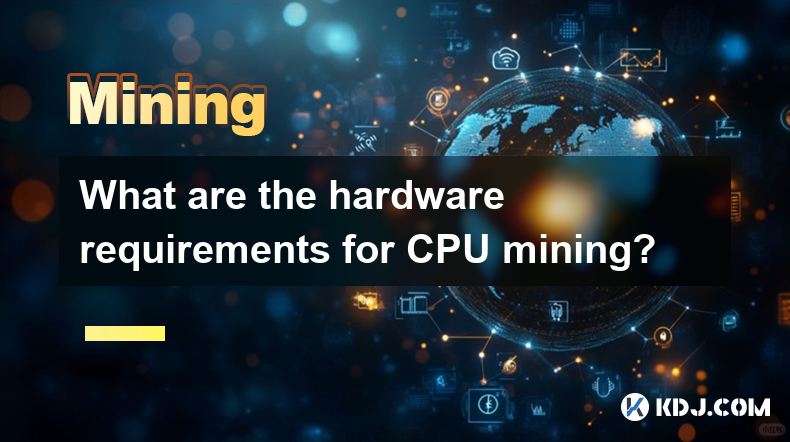-
 Bitcoin
Bitcoin $82,314.6479
0.18% -
 Ethereum
Ethereum $1,820.8575
1.62% -
 Tether USDt
Tether USDt $0.9998
0.01% -
 XRP
XRP $2.0777
-2.42% -
 BNB
BNB $603.5843
1.03% -
 Solana
Solana $125.0527
0.53% -
 USDC
USDC $0.9999
-0.01% -
 Dogecoin
Dogecoin $0.1645
-0.75% -
 Cardano
Cardano $0.6560
-0.27% -
 TRON
TRON $0.2392
3.30% -
 Toncoin
Toncoin $4.0865
4.46% -
 Chainlink
Chainlink $13.4734
1.00% -
 UNUS SED LEO
UNUS SED LEO $9.1373
0.39% -
 Stellar
Stellar $0.2623
-1.20% -
 Avalanche
Avalanche $18.6217
-1.06% -
 Shiba Inu
Shiba Inu $0.0...01232
-0.38% -
 Sui
Sui $2.2574
-3.36% -
 Hedera
Hedera $0.1624
-3.35% -
 Polkadot
Polkadot $4.0103
-0.10% -
 Litecoin
Litecoin $82.8478
-3.09% -
 MANTRA
MANTRA $6.1900
-0.36% -
 Bitcoin Cash
Bitcoin Cash $301.9559
2.01% -
 Bitget Token
Bitget Token $4.4909
-1.41% -
 Dai
Dai $0.9998
0.00% -
 Ethena USDe
Ethena USDe $0.9997
-0.04% -
 Pi
Pi $0.7330
-4.34% -
 Hyperliquid
Hyperliquid $12.9368
5.14% -
 Monero
Monero $214.6210
-1.49% -
 Uniswap
Uniswap $5.9555
1.73% -
 Aptos
Aptos $5.2338
-0.56%
How does "overclocking" in graphics card mining improve computing power?
Overclocking a graphics card boosts mining hash rate by increasing core and memory clock speeds, enabling faster computations and potentially higher cryptocurrency mining rewards; however, this risks hardware damage and increased power consumption.
Mar 26, 2025 at 01:00 am

How does "overclocking" in graphics card mining improve computing power?
Overclocking a graphics card for cryptocurrency mining involves increasing its core clock speed and/or memory clock speed beyond the manufacturer's specifications. This pushes the hardware to operate at higher frequencies, leading to a potential increase in hash rate, the measure of computational power used in mining. However, this comes with inherent risks.
The core clock speed dictates how fast the GPU's processing units operate. Increasing this speed directly impacts the number of calculations the GPU can perform per second, thus potentially increasing mining efficiency. Similarly, the memory clock speed affects how quickly data is transferred to and from the GPU's memory. Faster memory speeds can reduce bottlenecks, allowing the processing units to work more effectively.
But how does this actually translate to improved mining performance? The higher clock speeds allow the GPU to complete more computational cycles within a given time frame. In the context of cryptocurrency mining, this means the GPU can attempt to solve more cryptographic hash puzzles per second, increasing the chances of finding a valid block and earning rewards. The magnitude of improvement depends on various factors including the specific GPU model, the overclocking stability, and the mining algorithm.
Overclocking, however, is not a simple process of just increasing the clock speeds. It requires careful monitoring and adjustment. Pushing the hardware too hard can lead to instability, artifacts in the mining software, and even permanent hardware damage. The increased power consumption is also a crucial factor to consider.
- Identify Stable Overclocking Settings: Use monitoring software to observe temperatures, voltages, and hash rates while gradually increasing clock speeds.
- Monitor Temperatures: High temperatures can drastically reduce the lifespan of your GPU. Maintain safe operating temperatures to prevent damage. Use adequate cooling solutions.
- Adjust Voltage (Caution): Increasing voltage can improve stability at higher clock speeds but carries a higher risk of hardware damage. Only experienced users should attempt voltage adjustments.
- Test for Stability: After applying overclock settings, run a stress test to ensure the GPU remains stable for extended periods. Instability can lead to rejected shares and lost mining revenue.
- Fine-tune Incrementally: Don't jump to extreme overclocks immediately. Increase clock speeds in small increments, testing for stability after each adjustment.
The benefits of overclocking are not guaranteed and can vary greatly. Some GPUs may respond better to overclocking than others, and the potential performance gains might be marginal in certain cases. The risks associated with overclocking should always be weighed against the potential rewards.
The increased power consumption is another critical aspect. Higher clock speeds demand more power, leading to increased electricity bills. This needs to be factored into the overall profitability calculation. The extra power consumption might offset the gains from the increased hash rate. Efficient cooling solutions are also crucial to prevent overheating and potential damage.
Different mining algorithms react differently to overclocking. Some algorithms are more sensitive to memory speed, while others benefit more from higher core clock speeds. Understanding the specific requirements of the algorithm you are mining is essential for optimal overclocking.
The level of expertise needed for successful overclocking varies. While some basic overclocking can be achieved with readily available software, advanced techniques require a deeper understanding of GPU architecture and monitoring tools. Incorrect overclocking can lead to reduced lifespan, hardware failure, and wasted resources.
The software used for monitoring and overclocking also plays a role. Different applications offer varying levels of control and monitoring capabilities. Choosing the right software is crucial for safe and effective overclocking. These tools often provide real-time feedback on temperatures, voltages, and hash rates, enabling fine-tuning of overclocking parameters.
Frequently Asked Questions:
Q: What software can I use for GPU overclocking?
A: Popular options include MSI Afterburner, EVGA Precision X1, and other manufacturer-specific utilities. These tools allow you to adjust core and memory clocks, voltage, and fan speeds.
Q: Will overclocking void my warranty?
A: Overclocking often voids the manufacturer's warranty. Check your GPU's warranty terms and conditions carefully before attempting any overclocking.
Q: How much can I expect to increase my hash rate through overclocking?
A: The increase in hash rate varies significantly depending on the GPU, the cooling solution, and the specific overclocking settings. It could range from a small percentage to a substantial increase, but there's no guarantee.
Q: Is overclocking always beneficial for mining?
A: No, the increased power consumption might offset the gains from a higher hash rate, rendering overclocking unprofitable in some scenarios.
Q: What happens if I overclock my GPU too much?
A: Overclocking too aggressively can lead to instability, artifacts, crashes, and potentially permanent damage to your GPU. Always monitor temperatures and voltages closely.
Q: Can I overclock my CPU for mining?
A: While possible, CPU mining is generally less efficient than GPU mining for most cryptocurrencies, and overclocking the CPU would yield minimal additional benefit. The focus should remain on the GPU.
Disclaimer:info@kdj.com
The information provided is not trading advice. kdj.com does not assume any responsibility for any investments made based on the information provided in this article. Cryptocurrencies are highly volatile and it is highly recommended that you invest with caution after thorough research!
If you believe that the content used on this website infringes your copyright, please contact us immediately (info@kdj.com) and we will delete it promptly.
- What is a stablecoin?
- 2025-04-01 06:45:12
- Vitalik Buterin Outlines a Comprehensive Security and Efficiency Enhancement Proposal for Ethereum L2s
- 2025-04-01 06:45:12
- The “Free Palestine” Liberation Coin: A Unique Blend of Artistry, Empathy, Activism, and Investment.
- 2025-04-01 06:40:11
- Qubetics (TICS) Presale Is Live, Aiming to Disrupt Web3 Development with QubeCode IDE
- 2025-04-01 06:40:11
- Web3 Technology Summit 2025
- 2025-04-01 06:35:12
- Donald Trump Jr. and Eric Trump Launch Cryptocurrency Mining Company "American Bitcoin"
- 2025-04-01 06:35:12
Related knowledge

How to prevent mining equipment from being hacked?
Apr 01,2025 at 06:22am
Understanding the ThreatsCryptocurrency mining, while potentially lucrative, exposes your equipment to various cyber threats. These threats range from simple malware infections that steal your mining profits to sophisticated attacks that hijack your entire operation. Understanding these threats is the first step in effective protection. This includes r...

Are the mining income affected by the mining pool allocation mechanism?
Mar 31,2025 at 05:49pm
Understanding Mining Pool Allocation MechanismsMining pools aggregate the hashing power of many miners to increase the chances of successfully mining a block. The reward for successfully mining a block is then distributed among the pool's participants based on their contribution – usually measured in shares submitted. The allocation mechanism determine...

Are the mining income of IPFS mining limited by storage capacity?
Apr 01,2025 at 12:00am
Understanding IPFS Mining and its Revenue ModelIPFS (InterPlanetary File System) mining, unlike Bitcoin mining which relies on computational power, focuses on providing storage and bandwidth to the network. Miners earn rewards by making their storage available and contributing to the overall health and efficiency of the decentralized network. The amoun...

Is the income from pledge mining affected by the number of pledged coins?
Apr 01,2025 at 03:29am
The Relationship Between Pledged Coins and Mining RewardsThe simple answer is: yes, the income from pledge mining is generally affected by the number of pledged coins. However, the relationship isn't always linear and depends heavily on the specific mechanism employed by the cryptocurrency project. Let's explore the nuances. Many pledge mining systems ...

What is the difference between mining machine mining that can earn 2,000 yuan a day and ASIC mining?
Mar 31,2025 at 08:56pm
Understanding High-Earning Mining Machines and ASICsThe claim of a mining machine earning 2,000 yuan (approximately $280 USD) daily is a bold one, requiring careful examination. This level of profitability is highly dependent on several factors, and isn't necessarily indicative of a specific type of mining machine. It's crucial to understand that profi...

What are the hardware requirements for CPU mining?
Mar 31,2025 at 10:49pm
Understanding CPU Mining in the Cryptocurrency LandscapeCPU mining, once a prevalent method for earning cryptocurrencies, has significantly diminished in popularity due to the rise of specialized hardware like ASICs and GPUs. While still technically possible for some less computationally intensive cryptocurrencies, it's crucial to understand its limita...

How to prevent mining equipment from being hacked?
Apr 01,2025 at 06:22am
Understanding the ThreatsCryptocurrency mining, while potentially lucrative, exposes your equipment to various cyber threats. These threats range from simple malware infections that steal your mining profits to sophisticated attacks that hijack your entire operation. Understanding these threats is the first step in effective protection. This includes r...

Are the mining income affected by the mining pool allocation mechanism?
Mar 31,2025 at 05:49pm
Understanding Mining Pool Allocation MechanismsMining pools aggregate the hashing power of many miners to increase the chances of successfully mining a block. The reward for successfully mining a block is then distributed among the pool's participants based on their contribution – usually measured in shares submitted. The allocation mechanism determine...

Are the mining income of IPFS mining limited by storage capacity?
Apr 01,2025 at 12:00am
Understanding IPFS Mining and its Revenue ModelIPFS (InterPlanetary File System) mining, unlike Bitcoin mining which relies on computational power, focuses on providing storage and bandwidth to the network. Miners earn rewards by making their storage available and contributing to the overall health and efficiency of the decentralized network. The amoun...

Is the income from pledge mining affected by the number of pledged coins?
Apr 01,2025 at 03:29am
The Relationship Between Pledged Coins and Mining RewardsThe simple answer is: yes, the income from pledge mining is generally affected by the number of pledged coins. However, the relationship isn't always linear and depends heavily on the specific mechanism employed by the cryptocurrency project. Let's explore the nuances. Many pledge mining systems ...

What is the difference between mining machine mining that can earn 2,000 yuan a day and ASIC mining?
Mar 31,2025 at 08:56pm
Understanding High-Earning Mining Machines and ASICsThe claim of a mining machine earning 2,000 yuan (approximately $280 USD) daily is a bold one, requiring careful examination. This level of profitability is highly dependent on several factors, and isn't necessarily indicative of a specific type of mining machine. It's crucial to understand that profi...

What are the hardware requirements for CPU mining?
Mar 31,2025 at 10:49pm
Understanding CPU Mining in the Cryptocurrency LandscapeCPU mining, once a prevalent method for earning cryptocurrencies, has significantly diminished in popularity due to the rise of specialized hardware like ASICs and GPUs. While still technically possible for some less computationally intensive cryptocurrencies, it's crucial to understand its limita...
See all articles























































































